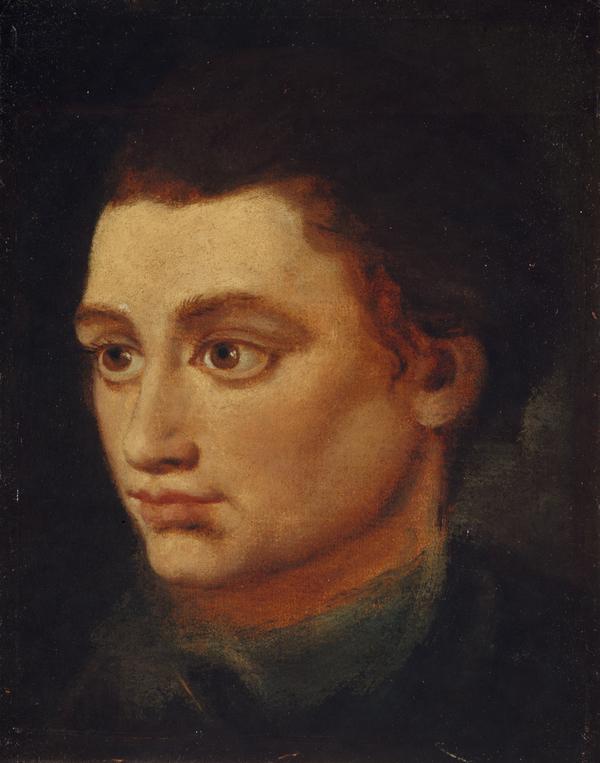About this artwork
Thomas de Quincey was an author and essayist, whose best-known book is ‘Confessions of an English Opium-Eater’ (1822). De Quincey first used opium as a student at the University of Oxford, when the drug was legal and cheaply available at any ‘druggist’. In 1809 he settled in the Lake District, in the Wordsworths’ former cottage. In 1817 he married Margaret Simpson, with whom he already had a child and would have seven more. De Quincey wanted to be a writer and his friendship with Professor John Wilson led him to contribute to ‘Blackwood’s Magazine’ and settle in Edinburgh. One of his best pieces for the magazine was ‘The English mail-coach’ of 1849. Despite his considerable reputation, his drug use and eccentricity resulted in ill health, financial troubles and prosecution for debt.
Updated before 2020
-
artist:Sir John Watson Gordon (1788 - 1864) Scottish
-
title:Thomas de Quincey, 1785 - 1859. Author and essayist
-
date created:Dated 1846
-
materials:Oil on canvas
-
measurements:76.20 x 63.50 cm; Framed: 79.00 x 66.20 cm
-
object type:
-
credit line:Purchased 1929
-
accession number:PG 1116
-
gallery:
-
depicted:
-
subject:
-
artwork photographed by:Antonia Reeve
Sir John Watson Gordon
Sir John Watson Gordon
John Watson Gordon was training to become an army engineer when, encouraged by his uncle, the painter, George Watson, and Raeburn, who was a family friend, he decided to become an artist. His first works were subject pictures but, after Raeburn's death in 1823, he established himself as the leading portrait painter in Scotland. His style was at first closely based on Raeburn but was later more influenced by his admiration for Velázquez. In 1850 he was elected President of the Royal Scottish Academy, appointed Queen's Limner for Scotland and knighted.






